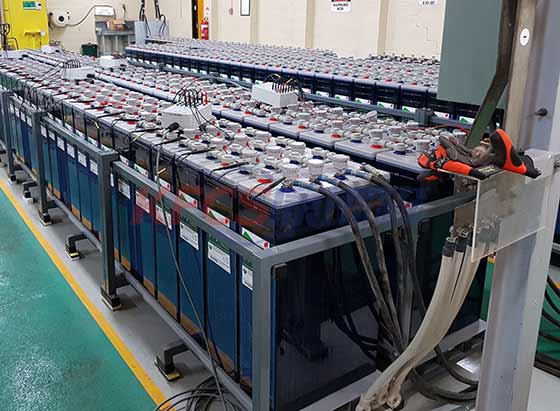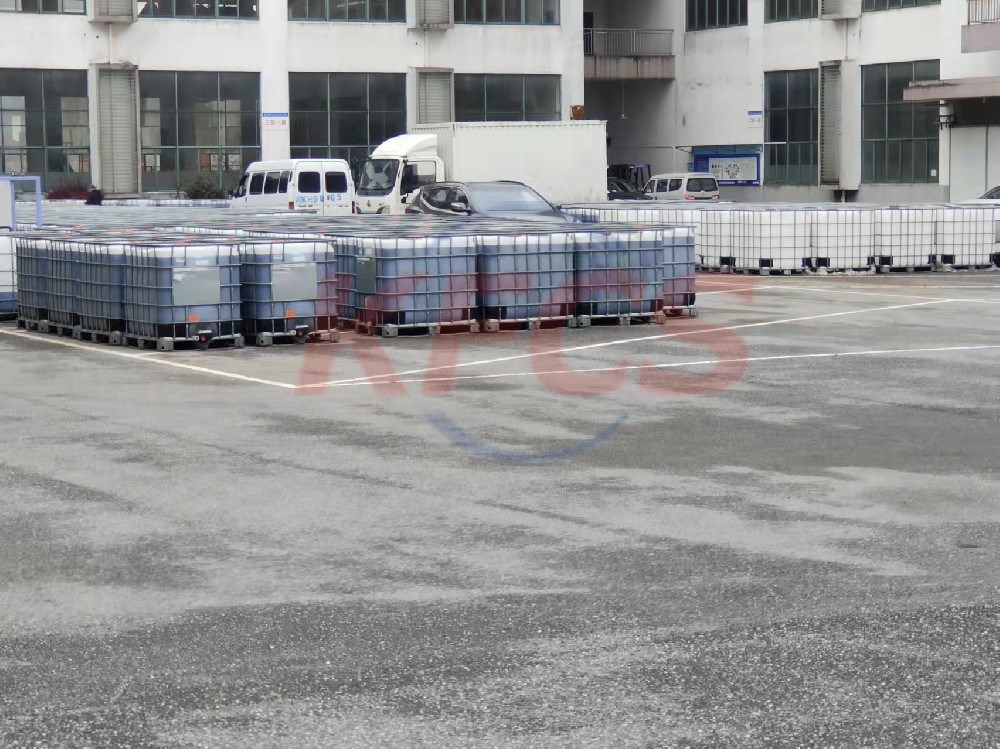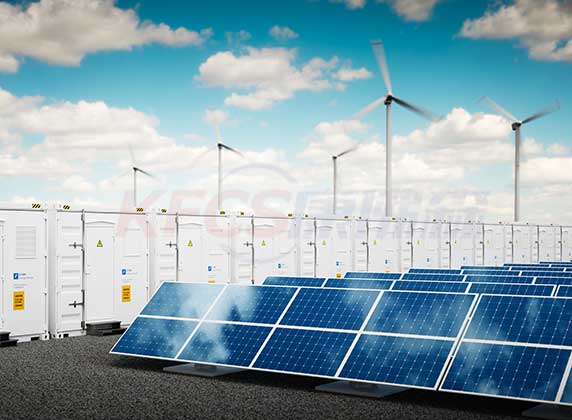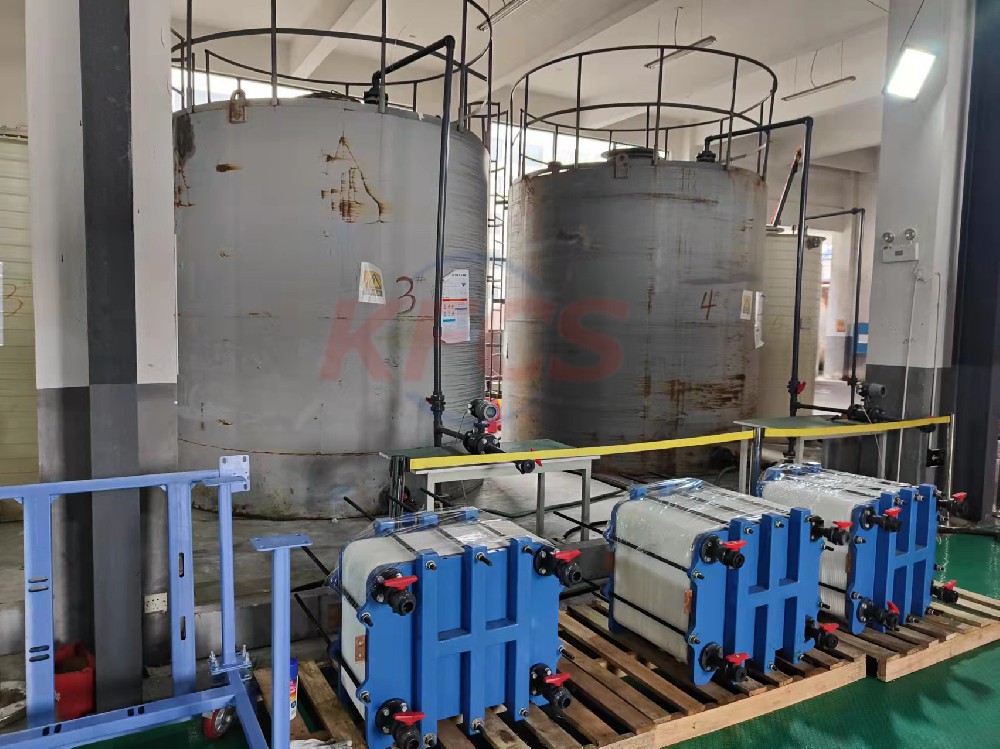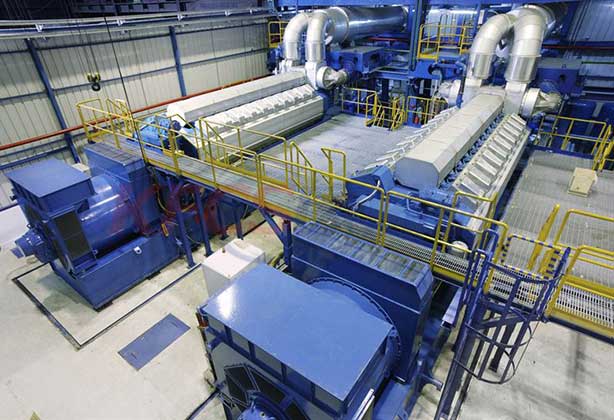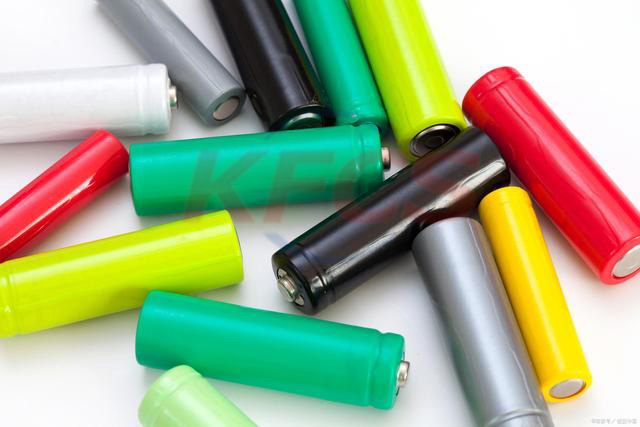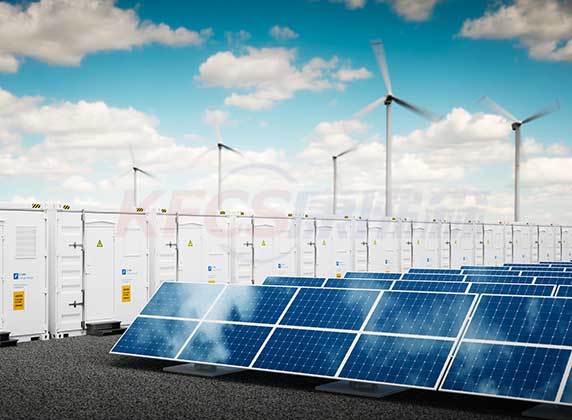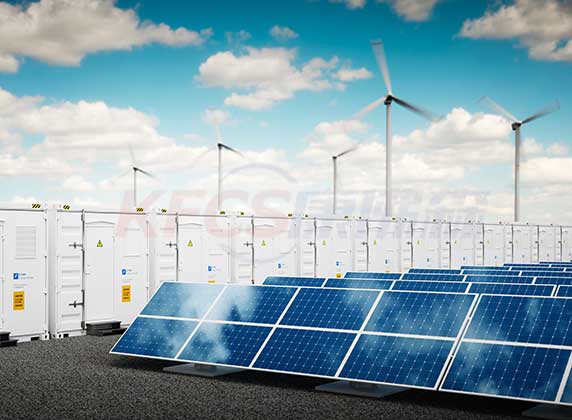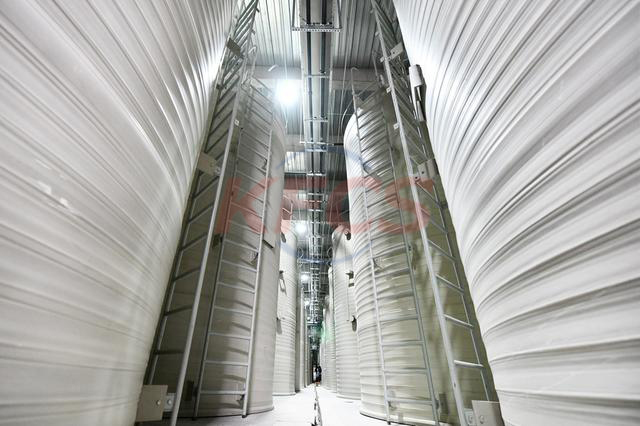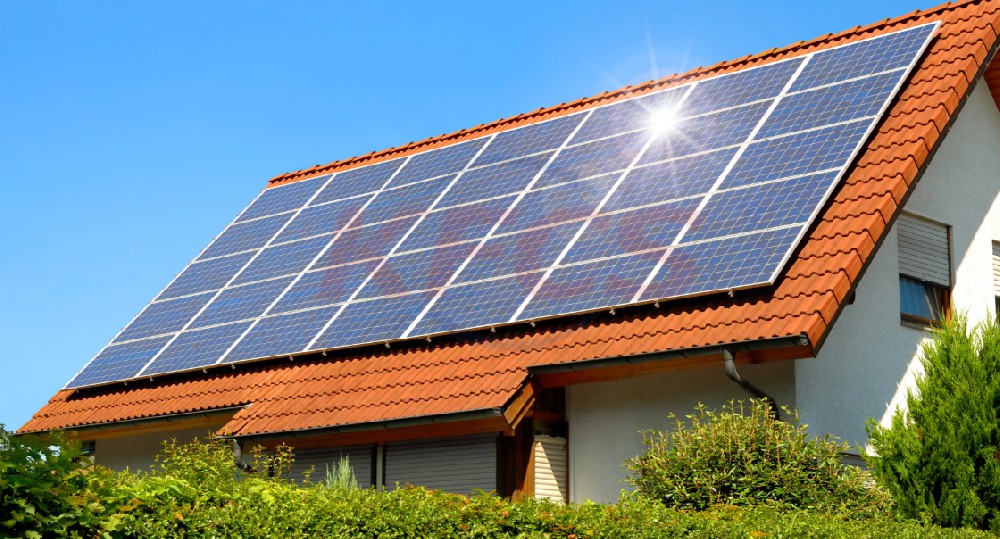Bnef predicts that the annual growth rate of the global energy storage market will be 30% by 2030
According to the prediction of Bloomberg Nef, by 2030, the global energy storage market will grow to 58gw / 178gwh deployed every year, of which the United States and China account for 54% of all deployments.
Although the recent deployment is affected by supply chain constraints, the compound annual growth rate of the market will reach 30%.
In 2021, 10GW / 22gwh energy storage will be deployed, and by the end of the year, the global cumulative installed capacity will reach 27GW / 56gwh.
At present, the largest market in the world is the United States. 4gw / 11gwh was installed last year, and the cumulative installed capacity reached 7gw / 17gwh.
However, compared with other countries that achieve the 30GW energy storage target by 2025, China may surpass these countries.
At the same time, Germany may rise again in 2024 and become the third largest market, which is largely driven by policies. This time, it is a solar photovoltaic target of 200GW, which will promote the adoption of batteries and residential solar energy. Bloomberg Nef said business opportunities for utility scale energy storage are also re emerging.
Other noteworthy markets include Australia's rapid growth, which makes it possible to reach fourth place by 2030, although Bloomberg Nef points out that the lack of revenue certainty in the area of utility scale may make project financing more difficult.
In other words, Australia's battery energy storage economy is good for the scale of utilities. With the rise of renewable energy and the support of state governments, it will help promote development. However, the federal government's lack of a coherent renewable energy policy and the inability to obtain long-term contracts for energy storage make it a purely commercial risk market.
Australia installed about 345mw / 717mwh of public utilities in 2021, and 646mw / 1092mwh is expected to be put into operation in 2022. By 2030, Bloomberg Nef predicts that Australia will have 7.3gw/16.4gwh of operable battery storage, but this may fall to only 2.3gw if income uncertainty persists and policies are more adverse to renewable energy.
By the end of this century, India will become the fifth largest market. As widely reported in the media, the development of renewable energy industry in India, the strengthening of power grid and the need to bring off grid electrification to rural areas have attracted people's interest.
In other regions, countries in Southeast Asia and Japan have introduced more preferential energy storage policies. The construction of large-scale projects in Chile, Mexico, Dominica, El Salvador and other places indicates that Latin American energy storage has ushered in an inflection point.
The storage of energy applications in Africa and the Middle East has increased sharply, and this situation is expected to continue.
At the same time, in Europe, large projects in Germany, Italy, Belgium and other countries are striving for long-term revenue contracts, but generally speaking, the interconnection of continental power grid, relatively low energy demand and lack of policies to support energy storage mean that the market is still at a low ebb. At a fairly slow pace of deployment.
However, it remains to be seen how the Russian Ukrainian conflict will affect the energy security plans of European countries.
Bloomberg new energy finance pointed out that lithium ion battery energy storage contributed 95% of the new capacity of global utilities last year, with "very few exceptions". For example, three new compressed air energy storage systems in China have a total capacity of 170MW / 760mwh.
The company expects that lithium will continue to occupy the market in the next few years. It is expected that liquid flow batteries, electrothermal energy storage and other technologies with a long duration will still be limited to small-scale pilot or special-purpose projects. However, Bloomberg Nef points out that in the future, longer-term energy storage may become a provider of non emission capacity of the power grid.
Supply chain challenges have prevented cost reductions
At the same time, perhaps the biggest topic in the industry - supply chain constraints - Bloomberg New Energy Finance said that the deployment data of the United States in 2021 was 18% lower than expected, and the project of 1.3gwh / 9.7gwh was postponed, and its commissioning date was postponed to this year.
Regulated markets in California, the southwest, New York and Hawaii have experienced much longer delays than deregulated markets in Texas, as developers in these regulated markets need to renegotiate contracts with utility companies.
In the UK, which is considered to be the world's largest utility scale market, even larger players face supply chain challenges. However, there is a growing recognition of the need for energy storage to cope with the expansion of the power grid.
British developers and investors also want to push their projects forward as soon as possible and enter the market before ancillary services and other income are saturated.
Of course, China is the global supply chain center of the battery storage industry and does not face direct delays in the project schedule. However, the deployment experience of the country's energy storage industry in the downstream is not as much as that in the upstream materials and manufacturing industry.
This means that there is limited experience in designing and deploying large-scale energy storage projects, resulting in lower installation volume in 2021 than expected by Bloomberg Nef.
Despite supply chain problems, energy storage is still a record year in 2021. However, these restrictions will continue to pose challenges and price pressures, as price pressures caused by soaring costs of materials such as lithium, graphite and cobalt may not begin to ease until 2023.
The price of battery packs in the whole industry will reach US $135 (858 yuan) / kwh in 2022, driven by high commodity prices and continuous cost decline for several consecutive years before 2021.
Since the beginning of 2021, the price of lithium carbonate has increased by 974%, cobalt by 201% and nickel by 208%.
Bloomberg new energy finance significantly reduced its expectations for the decline in battery storage costs. At the end of 2021, Bloomberg New Energy Finance said that despite the "recent price surge", the price of battery packs in the whole industry is expected to be less than US $100 (636 yuan) / kWh by 2024. Since 2010, prices have fallen by about 89% until last year.
Bloomberg new energy finance conducted a survey on battery manufacturers, energy storage suppliers and developers earlier this year and found that the price of four-hour battery energy storage system for projects planned to be put into operation in 2023 ranged from $250 / kW to $400 (2544 yuan / kWh).
In 2021, Bloomberg new energy finance's survey on the cost of energy storage system showed that the average figure was 227 US dollars (1444 yuan) / kWh. Smaller companies are more affected by increased costs.

